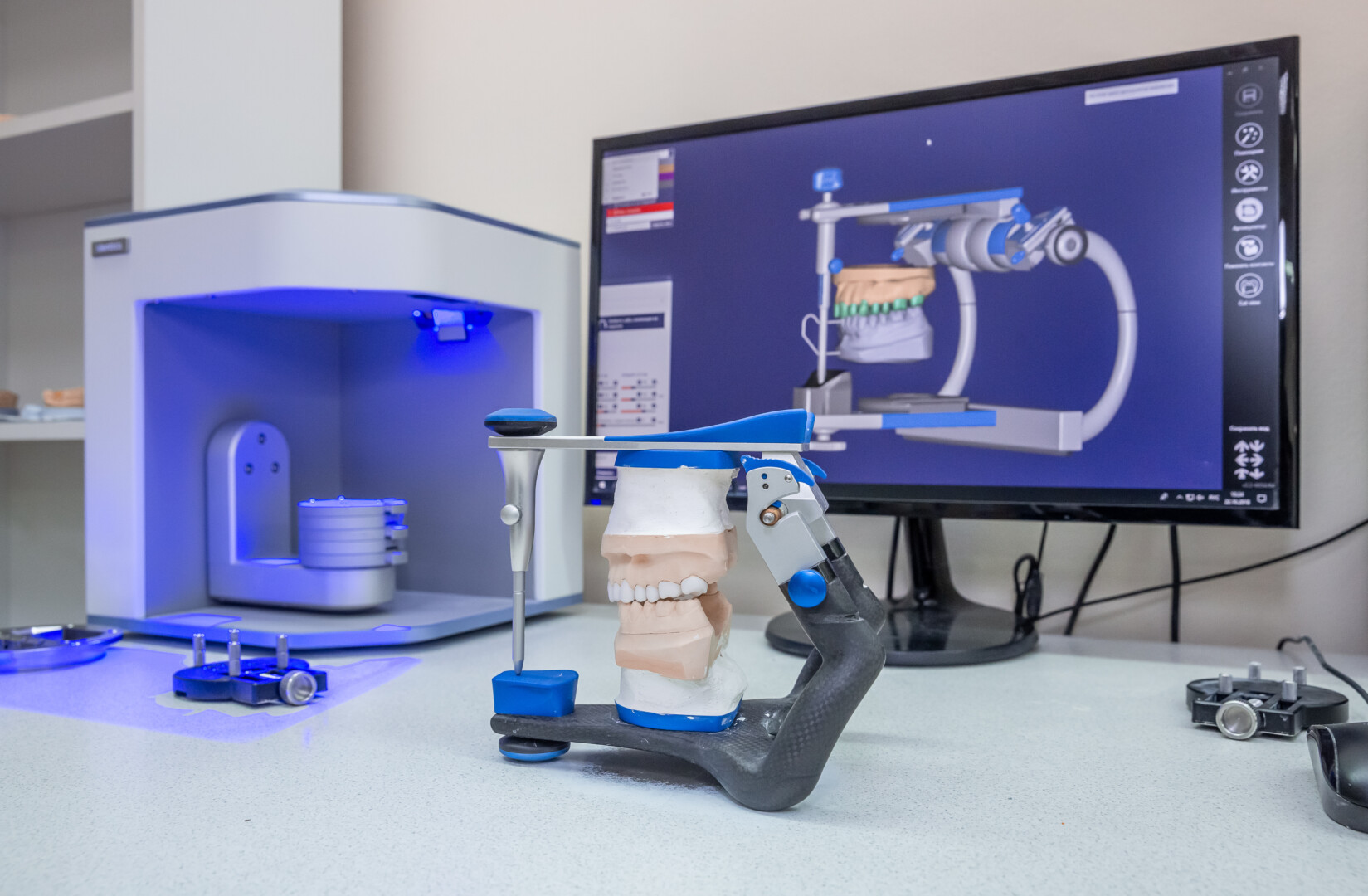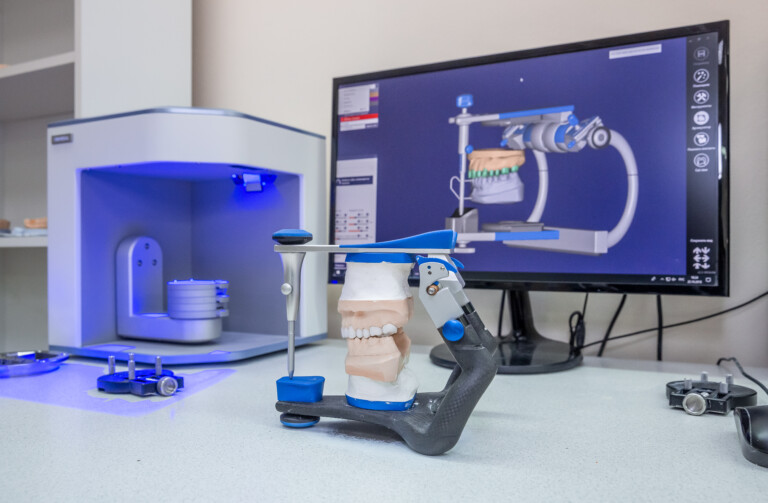
3D printing dental materials in-house has become commonplace. More and more, dentists are manufacturing items like clear aligners within the walls of their own practice, cutting down on turnover time, shortening patients’ wait, and decreasing the cost of outsourcing. In fact, much of the conversation around 3D printers in dentistry centers around simpler items like models constructed from intraoral scans, surgical guides, clear aligners, and implants.
The next wave of innovation in 3D printing is here, and it centers around a new area of focus: dentures.
How Are Traditional Dentures Made?
Dentures, prosthetic devices that are used to replace missing teeth, are custom-made to fit the patient’s mouth and can be either complete or partial. Complete dentures are used when all of the teeth are missing, while partial dentures are used when some natural teeth remain. Traditionally, dentures are made by curing acrylic resins with heat while the resins are under held pressure in a plaster mold.
The process of constructing dentures involves several steps. First, the dentist takes an impression of the patient’s mouth to create a mold. This mold is then used to create a wax model of the denture. The wax model is tried on the patient to ensure a proper fit. Once the fit is confirmed, the wax model is used to create a final cast of the denture. The cast is then polished and finished to create the final product. This process is both labor-intensive and time consuming, which has long been the necessity for ensuring the correct fit and function for patients.
How Is CAD/CAM Technology Used in Denture Manufacturing?
In recent years, however, technological advancements have revolutionized the manufacturing of dentures. Computer-aided design and computer-aided manufacturing (CAD/CAM) technology has made it possible to create dentures with greater precision and accuracy. This technology allows for a more efficient and streamlined manufacturing process, resulting in dentures that are as comfortable and well-fitted as those made in the traditional mold process.
3D-printed dentures have much to recommend them, particularly from an ease-of-use and cost perspective. There has been some hesitancy about incorporating them into everyday dental practice because the technology and materials are still new, and have only recently begun to undergo rigorous testing.
A Fast, Repeatable Workflow
CAD/CAM technology can be used in creating milled composite dentures, which researchers have found to be comparable to that of conventional dentures. Generating completely new dentures through 3D printing is as-of-yet a new science, but one that shows promising advantages: good surface detail, lower waste material, low cost, speed, and repeatability.
The fast, repeatable workflow of 3D printing dentures is a mark in its favor. CAD/CAM software/3D printer manufacturers like Formlabs and 3Shape have released courses and step-by-step guides designed to help make 3D printing dentures easy and accessible. The push from manufacturers is aligned with the evolving science and a newfound confidence in the finished product.
New Research from the University of Colorado

The University of Colorado (CU) recently received a grant from the Anschutz Acceleration Initiative (AAI) to fund the work of Jeffrey Stansbury, PhD, senior associate dean for research and professor in the Department of Craniofacial Biology at CU’s School of Dental Medicine.
Researchers there are developing novel precision biomaterials for 3D inkjet-printed dentures. The core of the research lies in the integration and further exploration of two novel dental technologies developed independently on the CU Anschutz Medical Campus. The first technology is the development of unusually strong, tough, and wear-resistant photopolymers that are uniquely suited for 3D inkjet printing. This means a high-performance denture can be rapidly completed in a very efficient, single-step process, rather than printing each material separately and attaching them later.
Multi-Printed Denture Materials: Stable and Hygenic
The team is upping the performance of the denture teeth and the denture base with multi-material printing. For example, instead of printing a hard tooth and a semi-flexible base, now they can print customized transition zones where the material goes from harder to softer with a graded interface in one piece. This not only helps with the stability and longevity of the denture material but also offers greater precision and customization of the denture to fit individual patient needs.
The second technology involves photocurable polymers that selectively eliminate streptococcus mutans bacteria, commonly known as strep. These materials have a kind of wound-healing character to them. If there’s a lesion in the mouth, they may enhance the healing process. And because they effectively get rid of strep, which is a precursor to a lot of biofilms and other issues we see intraorally, they will also help alleviate those problems. The risk of things like strep and biofilm formation is a common problem with all dentures, but especially for patients who are less compliant with their oral healthcare.
By combining both approaches, dentures can be created with antimicrobial and potentially antifungal characteristics, improving patients’ oral health, as well as the appearance and function of their dentures.
The future of 3D printed dentures is bright, and the increasing amount of funding and research around these dentures should be a mark of confidence for those seeking to enter the evolving arena.
To learn more about 3D printer technology and how to incorporate digital dentistry into your practice’s workflow, visit Benco’s website or contact one of their knowledgeable reps today for more information.


